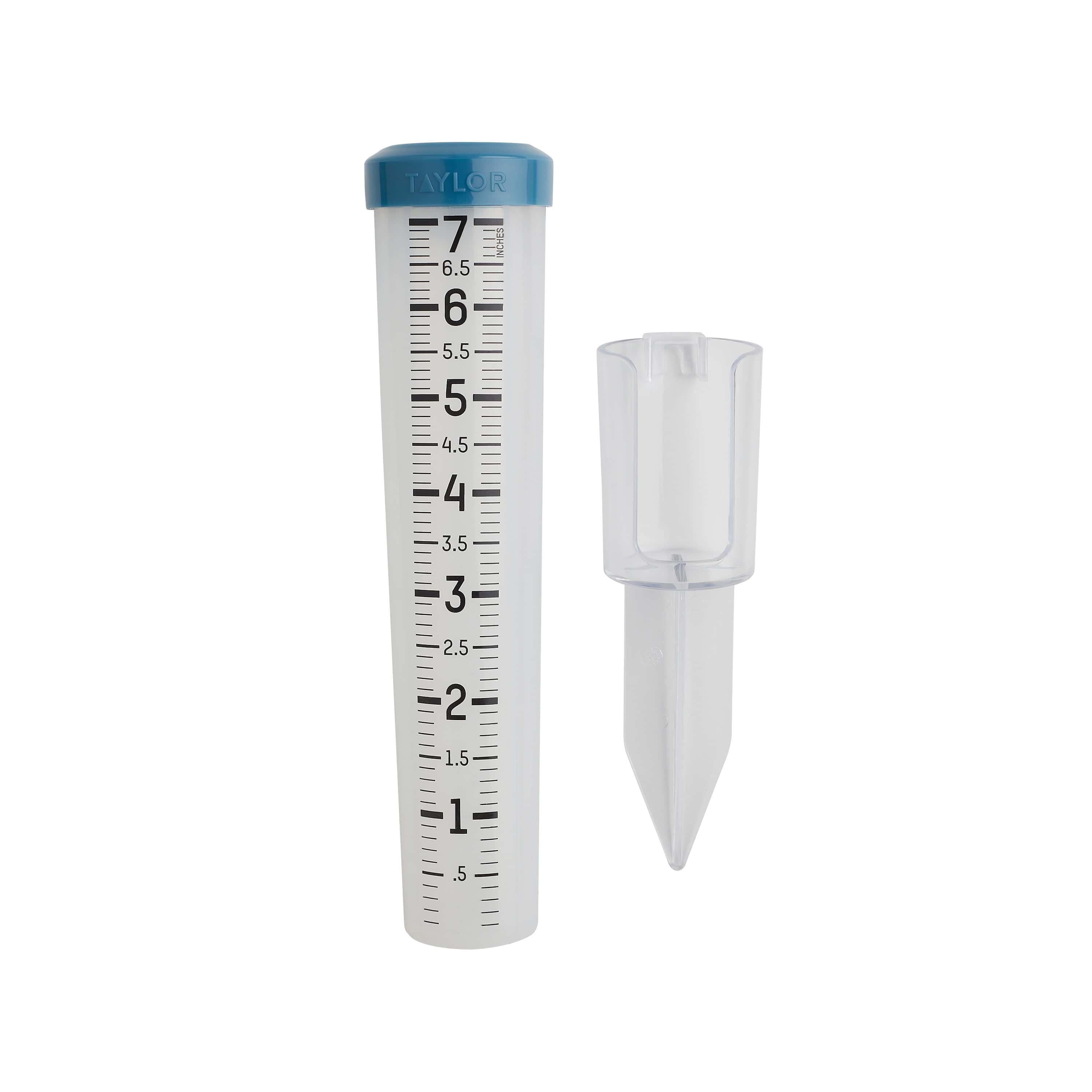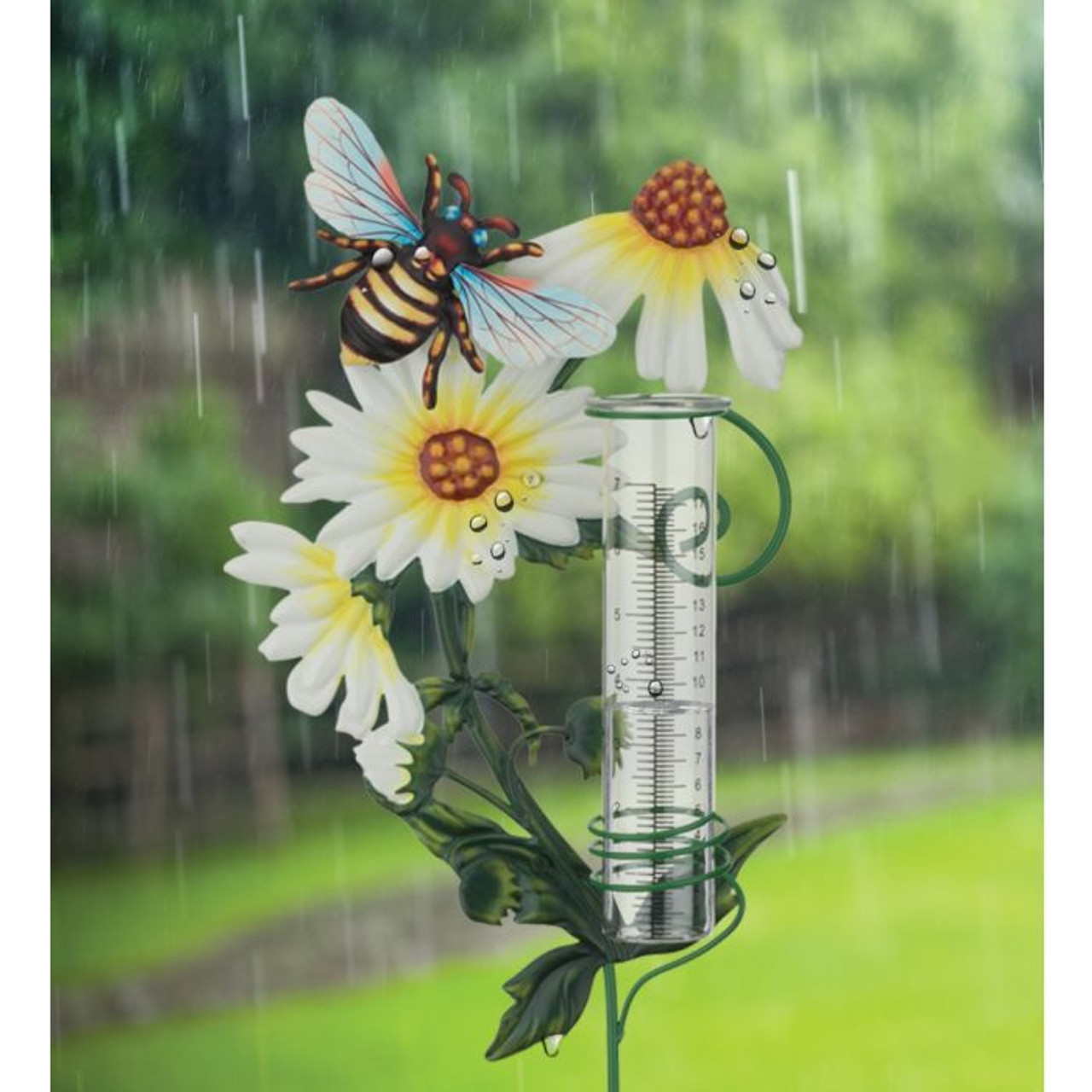The Rain Gauge: Deciphering Rain Patterns and Enhancing Weather Recognition
Wiki Article
DIY Rain Gauge: Straightforward Steps to Make Your Own
Are you thinking about tracking rains in your area? Developing your very own do it yourself rain scale is a effective and straightforward way to determine and record rainfall. With simply a few usual materials and some fundamental steps, you can conveniently construct your very own rain scale at home. In this overview, we will offer you with a detailed procedure to help you create your own rainfall scale. No demand for any type of specialized understanding or equipment - this job can be completed by anyone. By adhering to these basic guidelines, you will certainly have a reputable tool to determine rainfall and add to your understanding of the neighborhood weather patterns. So, allow's start on making your DIY rain gauge today!Gather Materials
To start building your Do it yourself rainfall scale, gather all the necessary materials utilizing a detailed list of items. Having the appropriate materials on hand will make certain the successful production of your rainfall gauge and enable for precise dimensions of rains. Collecting these products ahead of time will certainly streamline the construction procedure and guarantee that you have every little thing you need to produce your very own Do it yourself rainfall gauge.Prepare the Container

Mark the Dimension Increments
To precisely measure the amount of rains, accurately noting the dimension increments on your do it yourself rainfall scale is vital. Without exact and clear markings, it would be tough to determine the exact amount of rains accumulated in your rainfall scale. Below are the actions to mark the dimension increments on your rainfall scale.First, determine on the unit of dimension that you desire to utilize. The most usual units for gauging rainfall are millimeters and inches. Utilize an irreversible pen or waterproof paint to note the increments on the side of your rainfall gauge as soon as you have picked the device. For inches, you can note every quarter inch or every fifty percent inch, relying on your choice. For millimeters, you can mark every 10 millimeters or every 20 millimeters.
When marking the increments, it is crucial to guarantee that they are equally spaced and plainly noticeable. Make use of a leader or determining tape to make certain accuracy and uniformity. In addition, see to it that the markings are resistant to fading or rubbing off, as direct exposure to the components might create them to degrade in time.
Place the Rain Scale Outdoors
The rain scale ought to be positioned outdoors to precisely gather rainfall data. The place chosen for the rain scale ought to be open and complimentary from any blockages that could possibly influence the dimension of rainfall. The Rain Gauge.Additionally, it is critical to position the rain gauge on a secure surface, such as a level ground or a sturdy article. This will certainly stop any type of motion or tilting of the scale, which might result in imprecise Related Site measurements. It is likewise advisable to prevent placing the scale near any type of sources of fabricated water, such as sprinklers or drain systems, as this might hinder the precision of the dimensions.
Display and Document Rain Data
Regular monitoring and recording of rainfall information is important for exact information evaluation and interpretation. By tracking rains dimensions, you can gain valuable understandings right into weather condition patterns, environment patterns, and water source administration. To effectively check and tape-record rains data, it is necessary to establish a regular and preserve consistent techniques.First of all, make sure that your rain gauge is positioned in an open area away from challenges such as trees or structures that might block rains. In addition, make sure the rain scale is degree and safely anchored to stop any type of motion that could impact the precision of the dimensions.

When videotaping the rains data, it is very important to keep in mind the date and time of each measurement. Utilize a ruler or a measuring adhere to establish the rainfall depth in the rain gauge, and record this info precisely.
To ensure the accuracy of the measurements, it is recommended to clear the rainfall gauge after each recording. This will certainly avoid any kind of overflow or evaporation from impacting subsequent dimensions.
Conclusion
In verdict, producing a DIY rain gauge is a simple and functional method to check and videotape rainfall information (The Rain Gauge). By complying with the steps described in this write-up, you can quickly collect materials, prepare the container, note the measurement increments, and place the rain scale outdoors. Regularly keeping track of and tape-recording rainfall information can offer important details for numerous purposesHaving the right materials on hand check out this site will certainly ensure the effective production of your rainfall scale and enable for over here exact measurements of rains.To properly determine the quantity of rainfall, properly noting the dimension increments on your Do it yourself rainfall scale is crucial.The rainfall gauge need to be placed outdoors to precisely collect rains information. The area picked for the rainfall scale should be open and cost-free from any obstructions that might potentially impact the measurement of rains.In verdict, creating a DIY rain gauge is a straightforward and useful way to keep an eye on and videotape rainfall data.
Report this wiki page